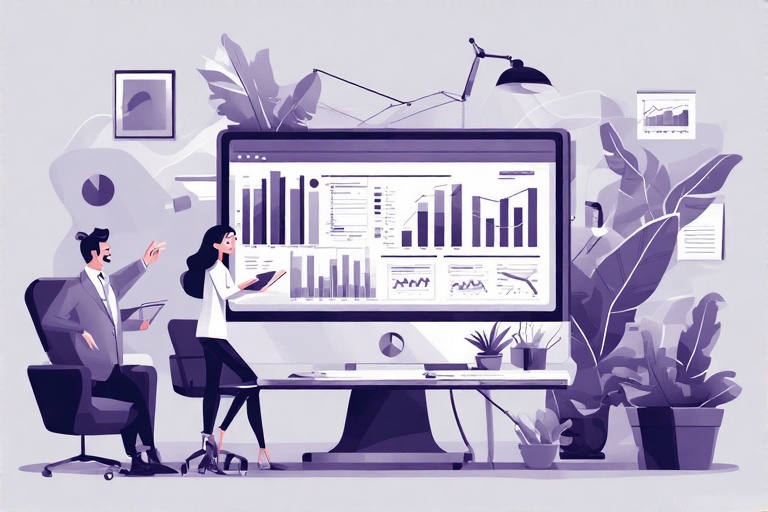In 2025, a growing number of firms are moving beyond the administrative burden of ESG reporting to embrace sustainability as a source of competitive advantage. No longer content with ticking regulatory boxes, leading companies are embedding environmental, social and governance principles directly into product design, business models and corporate strategy. This article examines why the compliance era is giving way to eco-driven innovation, highlights real-world examples and outlines a roadmap for businesses ready to join the vanguard.
1. The limits of compliance-only strategies
For much of the past decade, ESG efforts focused on disclosure: collecting data on carbon emissions, water use and labor practices, then compiling lengthy annual reports to satisfy regulators, investors and rating agencies. While this laid the groundwork for transparency, it also created a compliance mindset—one in which sustainability became synonymous with paperwork rather than performance. As a result, many organizations achieved high ESG scores without fundamentally reducing environmental impact or unlocking new growth.
2. Market and regulatory forces demanding impact
Several converging pressures now make mere compliance insufficient. First, consumers are increasingly willing to pay premiums for ethically sourced, low-carbon products—surveys show as many as 70% of shoppers consider sustainability claims when choosing brands. Second, investors have shifted from simple ESG screening to seeking measurable impact: green bonds and sustainability-linked loans now exceed $1 trillion in issuance, tied to clear decarbonization and circular-economy targets. Third, regulation is tightening: frameworks such as the EU’s Corporate Sustainability Reporting Directive (CSRD) and the International Sustainability Standards Board’s IFRS S2 mandate detailed, double-materiality disclosures by 2026.
3. Introducing eco-driven innovation
Eco-driven innovation—also known as Sustainable Business Model Innovation—goes beyond risk mitigation to create new value streams by aligning products, services and operations with environmental objectives. According to a 2025 BCG study, top performers deploy four key tactics: integrating societal and environmental benefits into core offerings; leveraging circular flows to retain materials; redesigning business ecosystems for shared value; and using sustainability as a driver of differentiation. These firms report revenue growth 2–3 percentage points above industry peers and a 50% faster time-to-market for new green products.
4. Case studies: pioneers in practice
- Ørsted shifted from fossil fuels to offshore wind, growing renewables from 0% of its portfolio in 2006 to 99% by 2025. This transformation generated a six-fold increase in market capitalization and positioned Ørsted as the world’s largest offshore wind operator.
- Unilever embedded circularity into its packaging by piloting refill stations for laundry detergent and shampoo in partnership with retailers. These stations reduced plastic use by 20% in initial markets and drove a 15% sales uplift among eco-conscious consumers.
- Patagonia scaled its “Worn Wear” buy-back and repair program into a full line of refurbished products. By reprocessing used garments, Patagonia extended product life on 40% of its catalog, opening a new revenue stream and reinforcing its brand authenticity.
5. Circular economy and product-as-a-service models
Circular models and product-as-a-service offerings are at the heart of eco-driven innovation. Instead of selling one-off products, businesses retain ownership of materials and monetize usage. Office furniture giant Steelcase now leases desks and chairs under service contracts; at end of lease, items return to the company for refurbishment or recycling. This model boosts lifetime customer value, reduces demand for virgin materials and aligns resource use with sustainability goals.
6. Digital technologies enable green solutions
Advances in AI, IoT and blockchain provide the real-time data and traceability needed for eco-innovation. Digital twins allow manufacturers to simulate production changes before committing capital, cutting energy use by 15–20%. Supply-chain platforms based on distributed ledgers ensure provenance of raw materials—critical for industries such as apparel, where consumers demand proof of ethical sourcing.
7. Financing the green transition
Sustainable finance is booming. Green bonds target climate-friendly projects, while sustainability-linked loans tie interest rates to ESG performance metrics—such as achieving a 30% reduction in Scope 3 emissions. In 2024, global issuance of sustainability-linked debt surpassed $600 billion, illustrating how capital markets now reward demonstrable environmental impact rather than simple disclosure.
8. From ESG councils to integrated governance
Effective eco-driven innovation requires cross-functional decision-making. Leading firms have replaced siloed ESG committees with integrated governance forums that include R&D, marketing, operations and finance. These bodies set science-based targets, approve green R&D investments and track progress in dashboards alongside traditional KPIs such as revenue and margin.
9. Measuring impact with advanced metrics
Moving beyond compliance requires robust metrics. Companies are adopting frameworks such as the Science-Based Targets initiative (SBTi) and the Task Force on Nature-related Financial Disclosures (TNFD) to quantify environmental impact. Early adopters report that linking executive incentives to reductions in carbon intensity and water use drives faster progress and ensures accountability.
10. A roadmap for eco-driven transformation
Leaders seeking to embrace eco-driven innovation can follow a five-step playbook:
- Assess: Map environmental and social impacts across the value chain, identifying hotspots for innovation.
- Ideate: Brainstorm new offerings—circular products, service models, material substitutions—aligned with stakeholder needs.
- Pilot: Launch small-scale tests to validate business cases and capture user feedback.
- Scale: Integrate successful pilots into core operations, securing supply-chain partners and investment.
- Communicate: Share progress transparently with customers, investors and regulators to build trust and brand value.
Conclusion
The shift from ESG compliance to eco-driven innovation represents a fundamental evolution in corporate sustainability. By embedding environmental objectives at the heart of strategy and harnessing digital tools, circular models and integrated governance, companies can unlock new growth, enhance resilience and meet stakeholder expectations. In 2025, the real winners will be organizations that view sustainability not as a reporting requirement but as a catalyst for business transformation.







Add a Comment